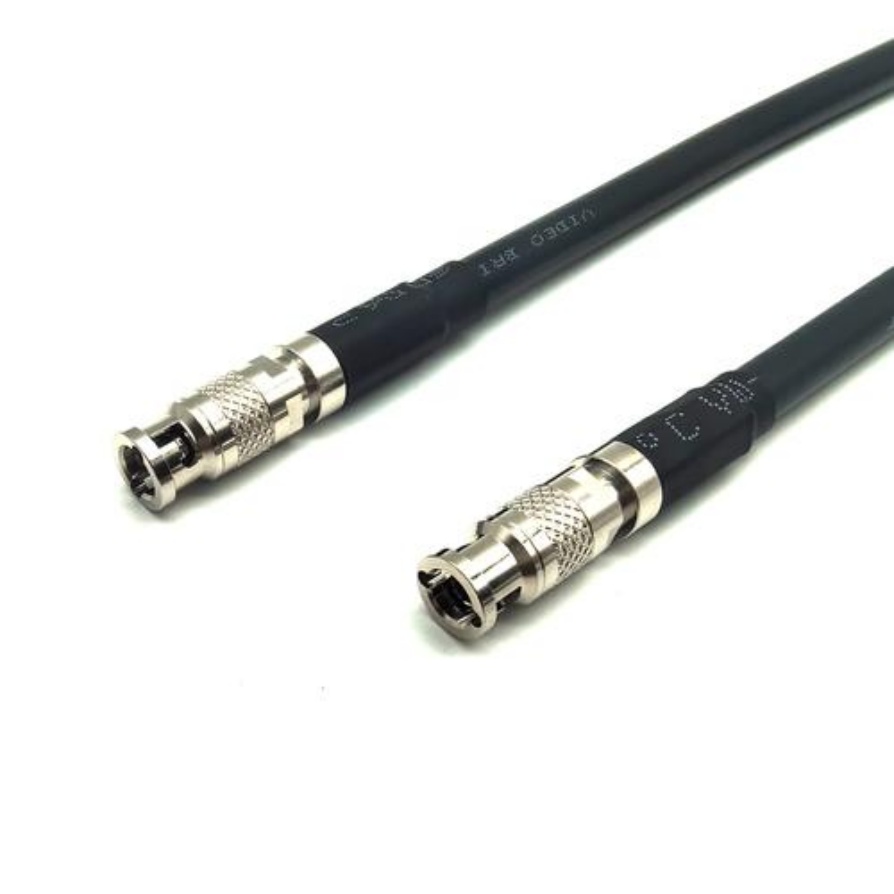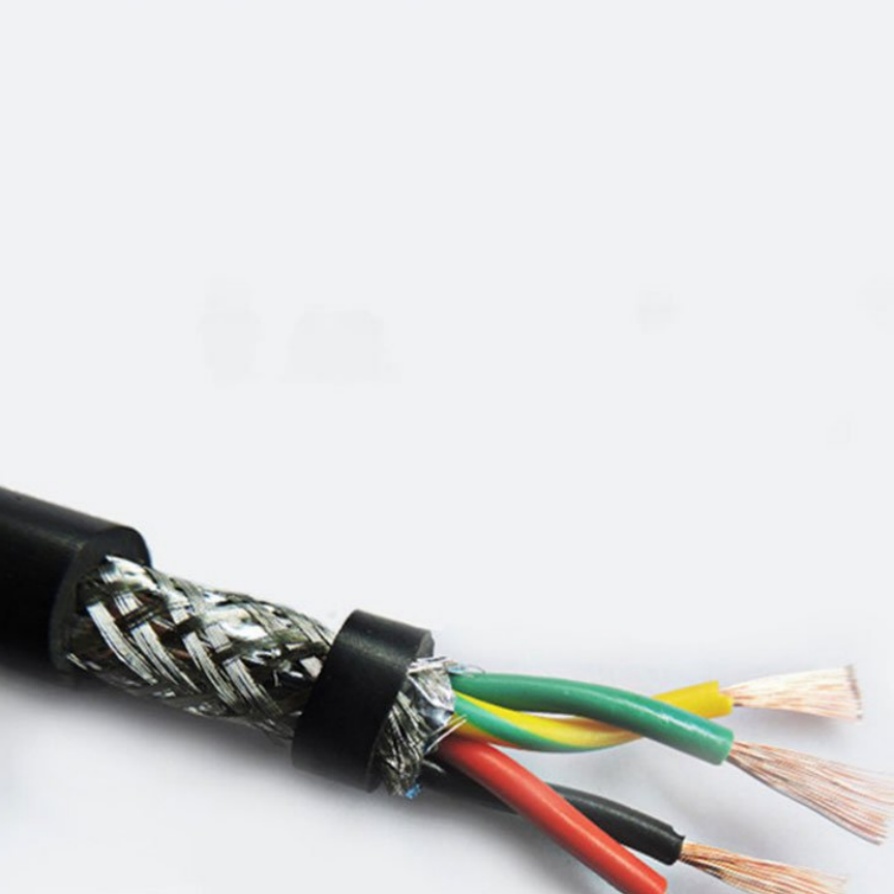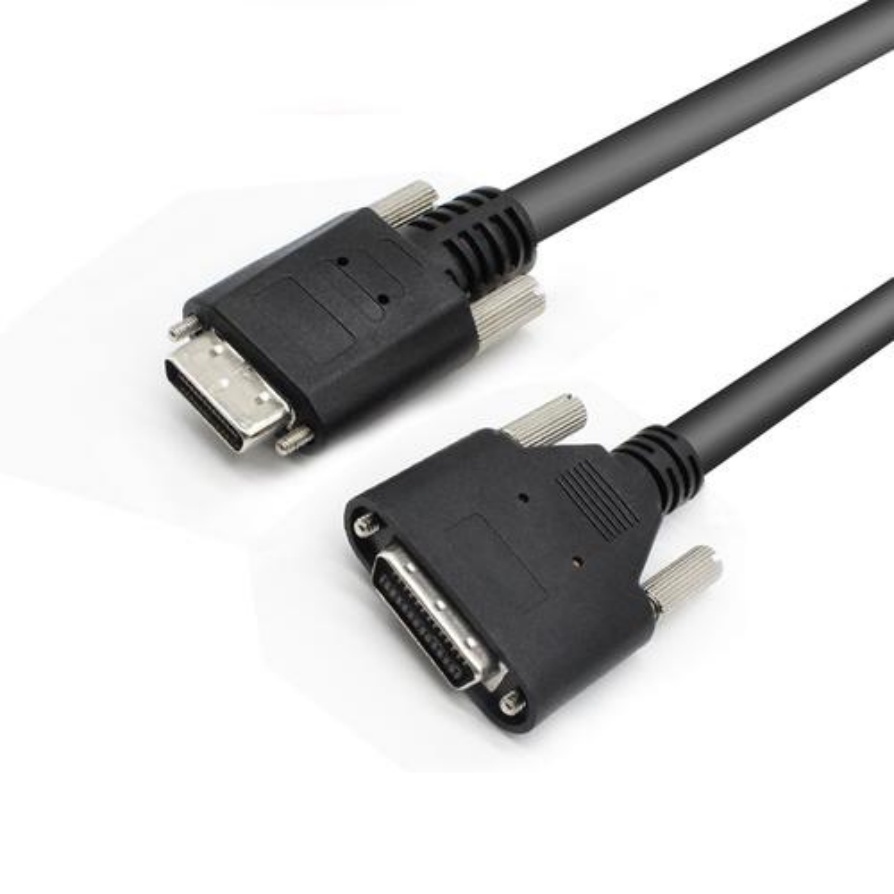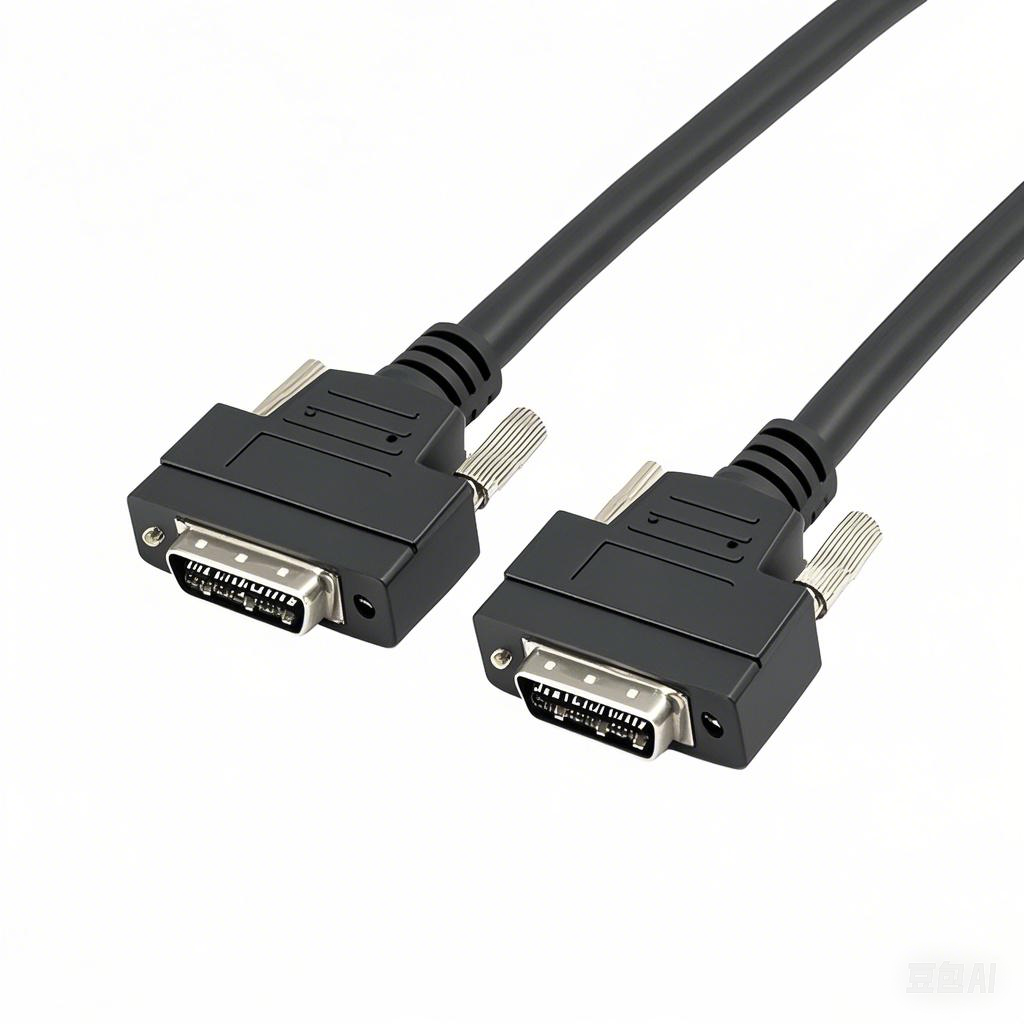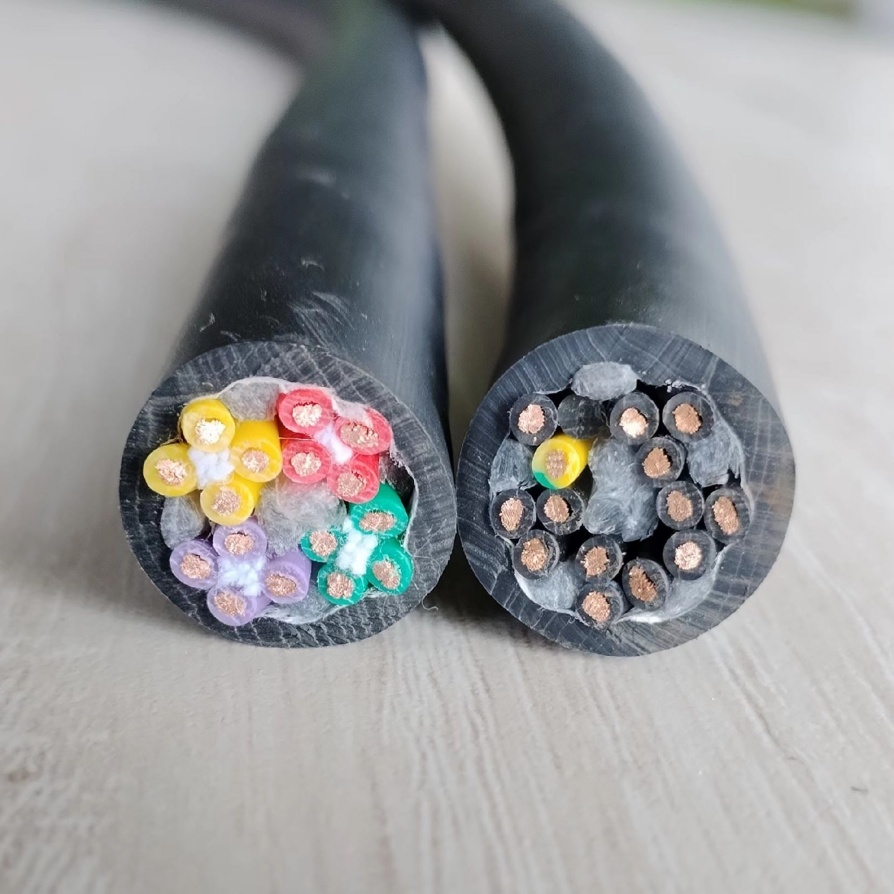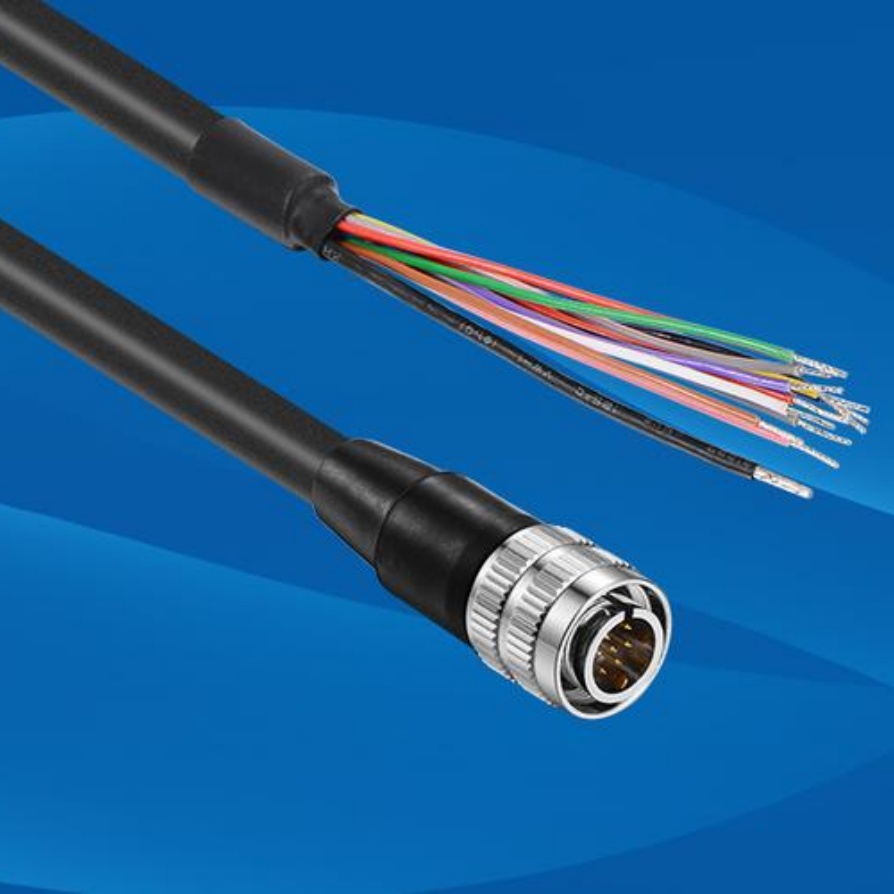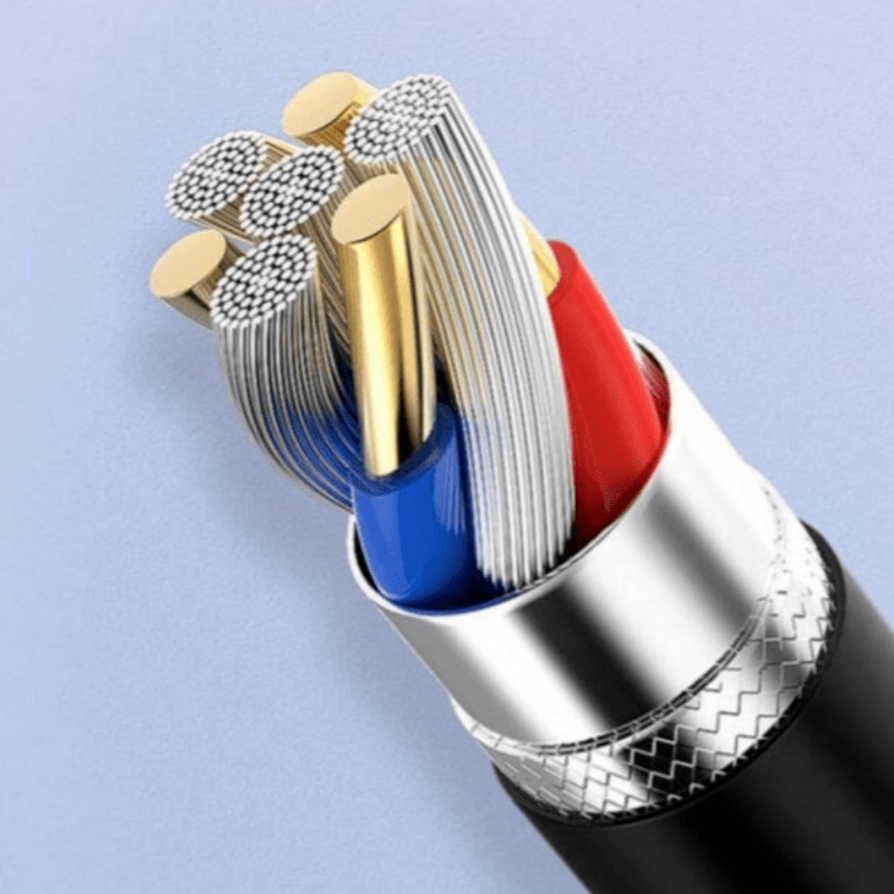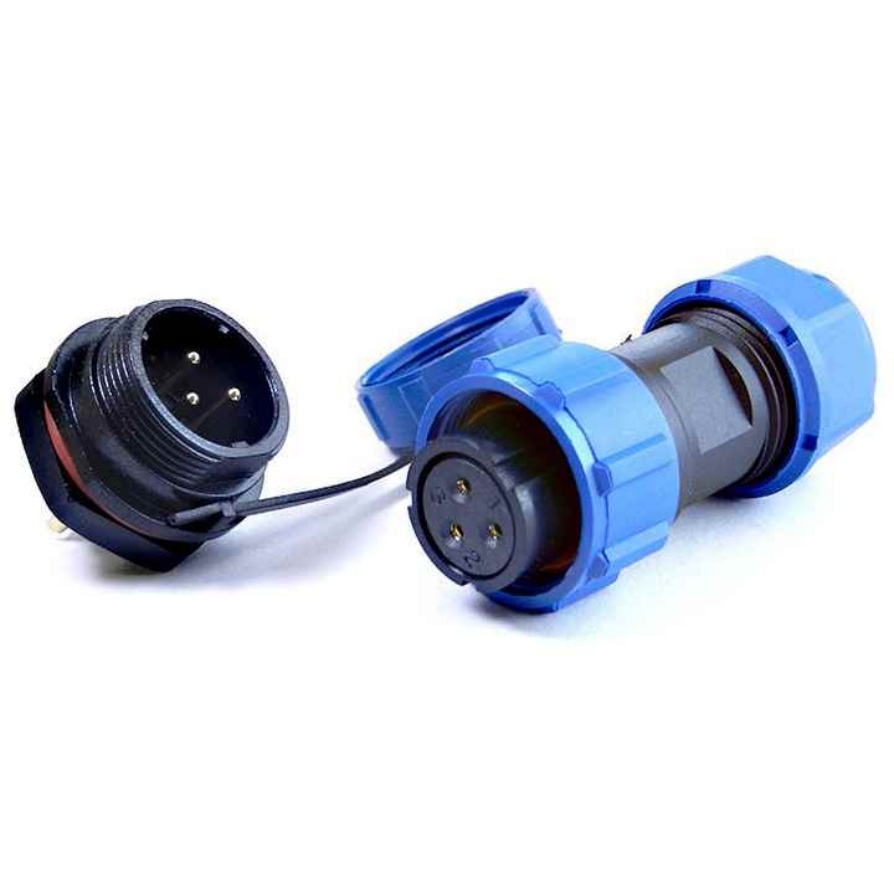How to Choose Machine Cable for a Printing Press
In the intricate ecosystem of a printing press, every component plays a critical role in ensuring seamless operations, consistent output quality, and long-term reliability. Among these components, machine cables are often overlooked—yet they are the lifeline that powers, connects, and controls the press’s mechanical and electrical systems. From driving motors and actuators to transmitting data between control panels and sensors, the right machine cable can prevent costly downtime, reduce maintenance needs, and even extend the lifespan of the equipment. Choosing the wrong cable, however, can lead to frequent failures, safety hazards, and compromised print quality.
This guide breaks down the key factors to consider when selecting machine cables for a printing press, ensuring that your choice aligns with the press’s specific demands, environmental conditions, and performance requirements.
1. Understand the Printing Press’s Operational Demands
Printing presses vary widely in size, speed, and functionality—from small offset presses used for local print shops to large-scale web presses capable of high-volume, high-speed production. Each type places unique demands on its machine cables:
- Speed and Frequency of Movement: High-speed presses (e.g., web presses running at 1,000+ feet per minute) have components that move rapidly and repeatedly—such as rollers, feeders, and cutting mechanisms. Cables connected to these parts must withstand constant flexing, twisting, and bending without degradation. Look for cables labeled “high-flex” or “flexible” with a minimum bend radius specified by the manufacturer (typically 5–10 times the cable diameter).
- Power Requirements: Motor-driven components (e.g., ink pumps, conveyor belts) require cables that can handle specific voltage and current loads. Undersized cables will overheat, risking fire or equipment damage, while oversized cables add unnecessary weight and cost. Check the press’s technical manual for power ratings (in amps and volts) and select cables with a current-carrying capacity (ampacity) that exceeds these ratings by at least 10% to account for fluctuations.
- Data Transmission Needs: Modern digital presses rely on sensors and computerized controls to adjust ink flow, register, and pressure in real time. Cables transmitting these data signals (e.g., Ethernet or signal cables) must minimize interference (EMI/RFI) to prevent signal loss or errors. Shielded cables—with braided or foil shields—are essential here, as they block electromagnetic interference from nearby motors or electrical equipment.
2. Evaluate the Environmental Conditions
Printing facilities are harsh environments for cables, exposed to a mix of physical and chemical stressors. The ideal machine cable must resist these conditions to maintain performance:
- Temperature Extremes: Presses generate significant heat, especially around drying units (used to cure inks) and motor housings. Cables near these areas must withstand high temperatures—often up to 105°C (221°F) or higher. Conversely, in cold storage or unheated facilities, cables must remain flexible at low temperatures (below 0°C/32°F) to avoid cracking. Choose cables with insulation materials like silicone rubber or cross-linked polyethylene (XLPE), which perform well across wide temperature ranges.
- Chemical Exposure: Inks, solvents, cleaning agents, and lubricants are omnipresent in printing shops. These substances can degrade cable insulation over time, leading to leaks or short circuits. Opt for cables with chemical-resistant jackets made from materials like polyurethane (PU) or polyvinyl chloride (PVC) formulated for chemical resistance. For solvent-heavy environments (e.g., offset printing with alcohol-based inks), PU-jacketed cables are particularly durable.
- Dust, Moisture, and Abrasion: Paper dust, ink splatters, and mechanical friction (from contact with metal parts or moving components) can wear down cable jackets. Cables should have robust, abrasion-resistant outer layers—reinforced with materials like nylon or aramid fibers—to withstand rubbing and impact. For humid environments (e.g., facilities using water-based inks), look for cables rated IP65 or higher for water and dust resistance.
3. Prioritize Safety and Compliance
Printing presses operate with high voltages and are often in close proximity to workers, making safety non-negotiable. Machine cables must meet strict industry standards to reduce fire risks, electrical hazards, and environmental harm:
- Flame Resistance: Cables should be rated for flame retardancy to prevent fires from spreading in case of a short circuit. Standards like UL 94 V-0 (self-extinguishing within 10 seconds) or IEC 60332-1 (vertical flame test) are widely recognized.
- Insulation Integrity: Insulation materials must be tested to resist breakdown under voltage stress. Look for cables certified by organizations like UL (Underwriters Laboratories), CSA (Canadian Standards Association), or CE (Conformité Européenne) to ensure they meet global safety benchmarks.
- RoHS Compliance: For facilities prioritizing sustainability, cables should adhere to the Restriction of Hazardous Substances (RoHS) directive, which limits the use of toxic materials like lead, mercury, and cadmium. This not only protects workers but also aligns with global environmental regulations.
4. Consider Longevity and Maintenance
A printing press is a long-term investment, and its cables should match its expected lifespan (often 10–20 years). Choosing cables with high durability reduces the need for frequent replacements, which disrupt production and increase costs:
- Flex Cycle Rating: For cables in moving parts (e.g., robotic arms or adjustable rollers), check the flex cycle rating—this indicates how many times the cable can bend before failing. High-quality flex cables can withstand 10 million+ cycles, while standard cables may fail after 1 million or fewer.
- Resistance to Fatigue: Over time, repeated movement can cause internal conductors to break, even if the outer jacket remains intact. Cables with stranded conductors (instead of solid ones) are more resistant to fatigue, as the multiple strands distribute stress evenly.
- Ease of Installation and Repair: Cables should be easy to route through the press’s tight spaces and connect to terminals. Features like color-coded conductors or pre-terminated ends simplify installation, reducing the risk of wiring errors. Additionally, cables with clear labeling (e.g., part numbers, voltage ratings) make maintenance and replacements faster.
5. Balance Cost and Performance
While it may be tempting to opt for the cheapest cable, low-quality options often cost more in the long run due to frequent failures and downtime. Instead, focus on total cost of ownership (TCO): a slightly higher upfront investment in a durable, high-performance cable will reduce maintenance costs, extend intervals between replacements, and minimize production losses.
For example, a cable with a PU jacket (more expensive than standard PVC) may cost 30% more initially but last 5x longer in a solvent-rich environment—ultimately delivering better value.
Why FRS Factory is Your Trusted Partner for Printing Press Machine Cables
When it comes to selecting machine cables for printing presses, FRS Factory stands out as a leader in quality, reliability, and customization. For over two decades, we’ve engineered cables specifically for the unique challenges of printing environments, ensuring they meet or exceed the demands outlined above.
Our machine cables are designed with:
- High-flex conductors and abrasion-resistant PU jackets, ideal for high-speed press components.
- Wide temperature tolerance (-40°C to 125°C) to withstand heat from drying units and cold storage.
- Chemical resistance to inks, solvents, and cleaning agents, tested in real-world printing facilities.
- UL, CE, and RoHS certifications, prioritizing safety and compliance.
- Customizable lengths, conductor counts, and shielding options to match your press’s exact specifications.
At FRS Factory, we don’t just sell cables—we provide solutions. Our team of engineers works closely with printing operations to assess their needs, recommend the right cable type, and ensure seamless integration. With FRS machine cables, you can trust that your printing press will run efficiently, safely, and reliably, day in and day out.
Choose FRS Factory for machine cables that keep your press moving—because when it comes to performance, every connection counts.


